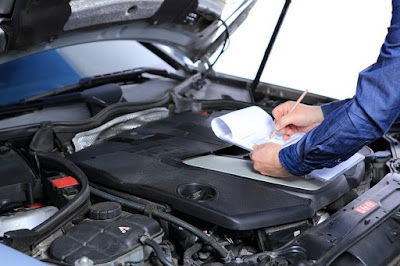Fall is here with all its splendid colors. Your car has survived the warm temperatures of summer, but the s temperatures of winter are on their way. Do you know how to make sure your vehicle is as reliable as possible to prevent breakdowns on an icy snowy day? Do you want to know what does car maintenance include? It’s no secret—follow the vehicle maintenance schedule listed in your owner’s manual.
If you have read your owner’s manual, these car maintenance items may look familiar:
- Every week or month inspect:
- Dashboard Warning Lights
- Lights, exterior and interior
- Condition of the tires
- Windshield Washer Fluid
- Engine Oil Level
- Every 3 Months/ 3,000 Miles inspect:
- Automatic Transmission Fluid
- Battery and Cables
- Engine oil and filter
- Muffler and Exhaust
- Hoses and belts
- Power Steering Fluid
- Every 6 Months/6,000 Miles inspect:
- Chassis Lubrication
- Wiper Blades
- Every 12 Months/ 12,000 miles inspect:
- Brakes
- Cabin Air Filter
- Coolant
- Steering and Suspension
- Car Alignment
The list above can seem to be overwhelming, but let your auto mechanic take care of your vehicle. They are trained and knowledgeable when it comes to understanding and following the vehicle maintenance schedule for your specific vehicle. You can drive your car with confidence knowing it is as safe as possible!
Need to know more about the vehicle maintenance schedule? Call our ASE Certified Technicians at Clausen Automotive, The Hybrid Shop, for more information about what does car maintenance include and to make an appointment. Since 1975, our family-owned auto repair shop has proudly served car owners in Madison, WI, and the surrounding communities.


